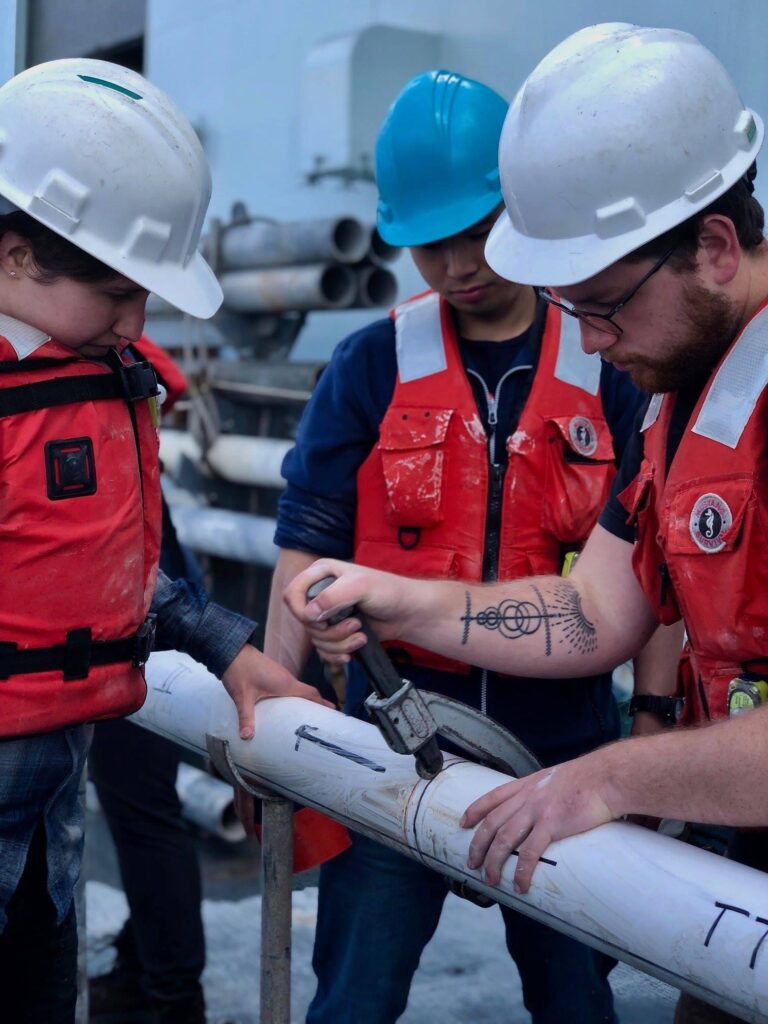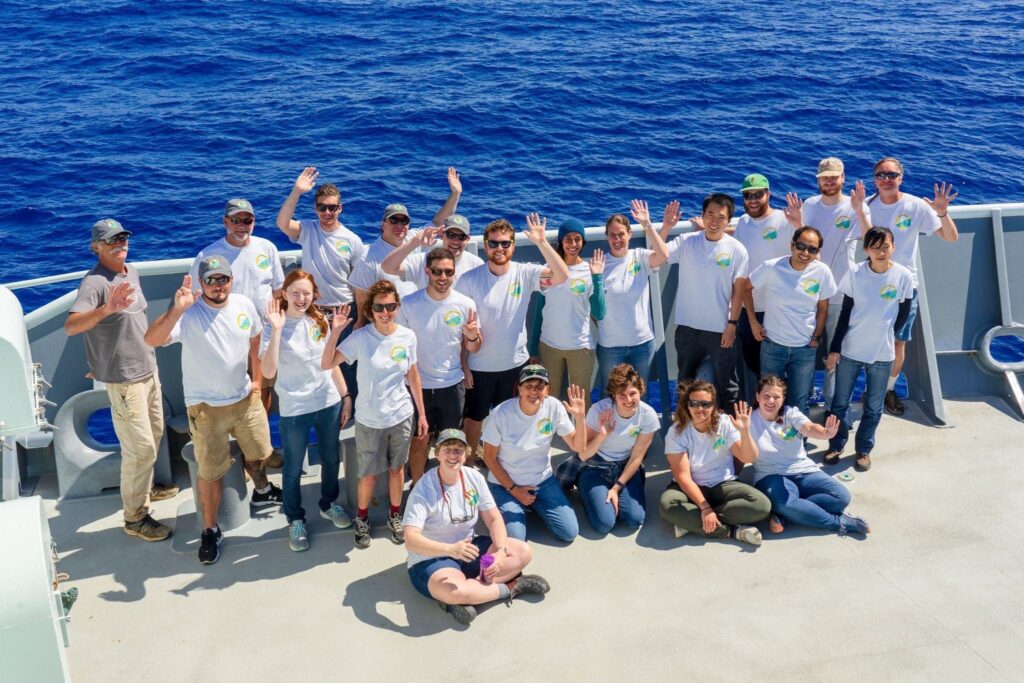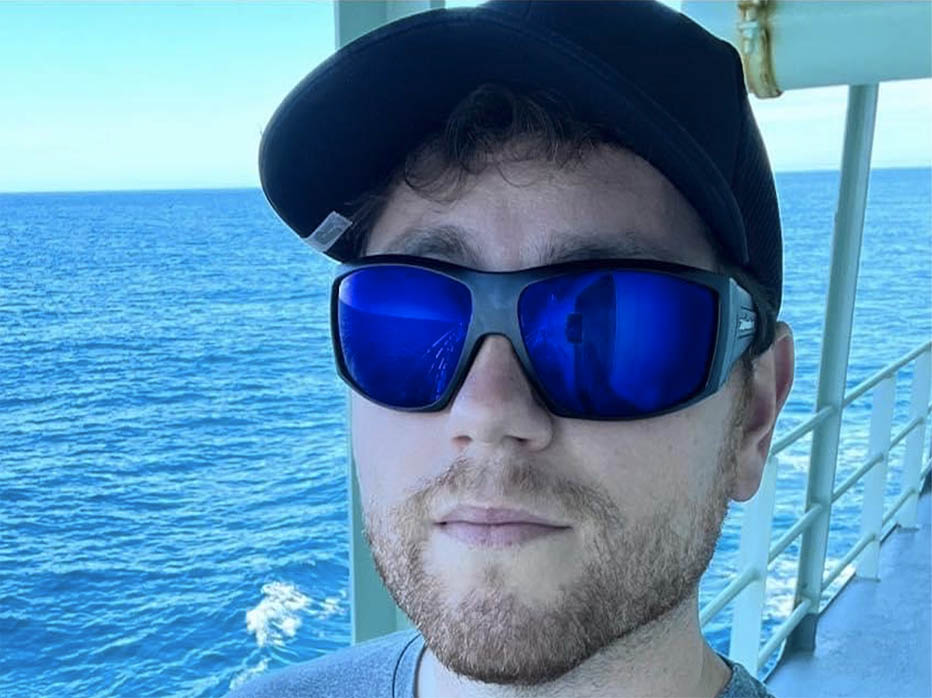I was born and raised along the southern shores of Virginia Beach, where my proximity to the coast quickly instilled a love for the ocean. In these early years, caring and encouraging teachers helped foster my interests throughout public school. They believed I could make it as a marine scientist, despite my adamant insistence that I didn’t need to go to college because, well, my band and I were on the cusp of breaking through and making it big. (We weren’t. And we didn’t.) But their belief buoyed me. Once reality set in, I decided to go to university, where I began to carve out my path in oceanography.
I completed my undergraduate education at Old Dominion University in Norfolk, VA, where I was exposed to the impacts of climate change first hand. Norfolk, a diverse and beautiful city home to the world’s largest naval base, is second only to New Orleans as one of the most susceptible U.S. metropolitan areas to sea level rise. Frequent “sunny day flooding”—the result of nothing but a marginally larger high tide—consistently flood critical infrastructure and, in some cases, flush the region’s most vulnerable residents out of their homes. This socioeconomic stress was my first exposure to climate change, and it challenged me to take my interest in the ocean and apply it to questions surrounding our future in a warming world.

Towards the end of my undergraduate career, I was exposed to paleoceanography, a field that concerns itself with understanding the ocean’s role in past examples of major global climate change. The idea is by clarifying how the ocean responded or perpetuated prior episodes of climate change, we can reverse engineer these connections, implement them in climate models, and make more informed predictions of our future. I contribute to this endeavor by studying microfossils of tiny zooplankton called “foraminifera” preserved in layers of marine sediments. Much like how tree rings record information about the tree’s past growing conditions, these fossils hold geochemical fingerprints of the ocean conditions in which they lived, and so recovering fossils tens or hundreds of thousands of years old give us a glimpse of the planet’s ancient oceans. I was captivated, and stayed at Old Dominion University working in paleoceanography towards my Master’s degree.

After three years of studying the response of the El Niño-Southern Oscillation to rapid climate change between 10 and 20 thousand years ago, I was afforded the opportunity to sail aboard the R/V Thomas Thompson with Rutgers’ own Dr. Elisabeth Sikes and her team of scientists from all over the world. We spent two months recovering marine sediments from the Indian and Southern Oceans so that we could better understand how changes in the ocean’s circulatory system helped facilitate the exchange of tons of carbon from the deep ocean—which sat idly in the deep for millennia—to the atmosphere, potentially pushing the planet out of the last Ice Age and into the warm period we know and love today. Understanding how the ocean “exhaled” us out of an Ice Age is important, considering it absorbs about half of all modern carbon pollution today. What goes in must come out, but how? And why?

The past holds crucial lessons about our future. I and many others here at Rutgers hope these lessons will help us make the right choices as we work to bring about the most fulfilling outcomes for our collective future.

